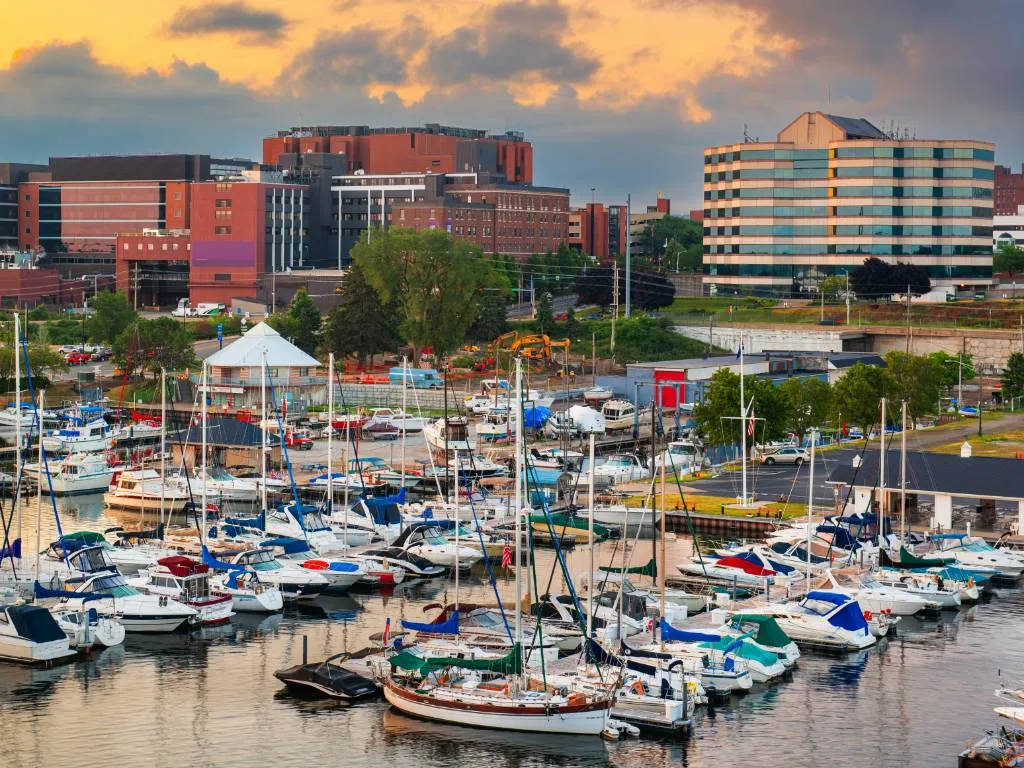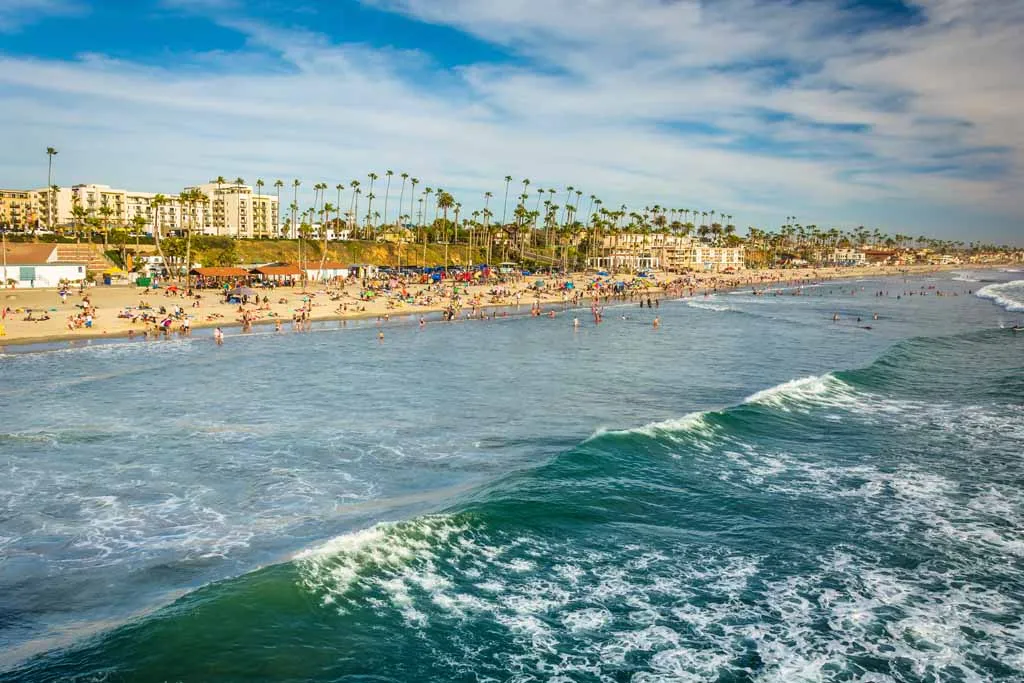8 Things to Know Before Moving to Erie, PA

Erie, the fourth-largest city in Pennsylvania, is recognized for its stunning landscapes, mild climate, and welcoming locals. The city attracts many people looking for affordable housing and a low cost of living.
Water sports enthusiasts will love living in Erie because of the abundance of opportunities to swim, paddleboard, wakeboard, water ski, wake surf, tube, kayak, canoe, and water ski. However, this city has its fair share of problems, and it’s important to weigh the good and the bad before making the move.
Let’s check out eight things to know before moving to Erie, PA!
1. It snows a lot in this city
The city has the usual Great Lakes climate due to its position on the lake’s south-central shoreline. Erie experiences long, frigid winters due to its location within the snow belt that extends from Cleveland to Syracuse. The city receives around 100 inches of snow every year, in addition to regular rainfall, ice, thunderstorms, and fog.
The summers are bearable, with highs averaging around 80 degrees and rarely exceeding 90.
2. Attend Penn State Behrend or Mercyhurst University
Erie Public Schools manages the public school system of Erie, which includes around 13,000 students attending 23 different schools. Over 40 private and parochial schools and academies, including Bethel Christian School, are available in Erie for those looking for alternatives.
Penn State Behrend, Mercyhurst University, Gannon University, and the Lake Erie College of Osteopathic Medicine are just a few of the prestigious universities located here.
3. The city’s job market isn’t thriving
Erie’s current unemployment rate of 4.6% is better than it has been in recent months. While Erie’s unemployment rate is high and has climbed up in recent years, the city’s glaring pay inequality stands out as the most pressing concern.
Although some people in Erie have higher-paying employment, most Erie residents make less than the city’s $8 per hour minimum wage. The majority of Erie’s residents are doomed to a lifetime of low-paying service jobs since they start out in minimum-wage positions and have little way to advance in their careers.
4. Get around the city on Erie Metropolitan Transit Authority (EMTA)
The Erie Metropolitan Transit Authority (EMTA) operates the city’s public transportation system. The “e” bus system runs the city’s bus service. Within city borders, “e” buses operate seven days a week, while service to other parts of the county is provided several times a week.
Buffalo, Cleveland, and Pittsburgh are all accessible via intercity bus thanks to Greyhound Lines, whereas Buffalo and Cleveland are the exclusive service areas for Lakefront Lines. The Holland Street Intermodal Transportation Center is where both Greyhound and Lakefront buses take off.
5. The Presque Isle State Park is a major attraction
The city’s location on the coast of Lake Erie makes it ideal for water sports and other outdoor pursuits. The Presque Isle State Park encompasses 3000 acres and is home to 21 miles of hiking and bicycling trails, 13 beaches, and a marina. More than four million people from all over the world visit the park every year.
Many uncommon, endangered, and threatened species in Pennsylvania can be found in Presque Isle State Park.
6. The city has a drug problem
Although drug dealing and addiction affect almost every major city to some degree, Erie appears to be particularly heavily hit. Residents have long complained about the lingering odor of public marijuana smoking, but a more dangerous substance has emerged. There is a crisis in Erie because of the widespread usage of opioids, which are highly addictive and dangerous.
Because of this, the city’s already high crime rate has increased. The odds of a citizen in Erie, Pennsylvania, becoming a victim of violent crime are one in 155. Safety-wise, Erie ranks lower than 84% of major US cities.
7. A high poverty rate
A growing number of Erie residents are living in poverty. This city has a far lower-than-average median income of $37,894 compared to the rest of the country, which has a median income of $65,712. In Erie, 26.2% of the population lives below the poverty level, significantly higher than the national average of 12.3%.
A bad job market, low earnings, and a high cost of living all contribute to the high poverty rate in Erie. Erie isn’t exactly a thriving metropolis, either. Erie doesn’t have much going for it in terms of tourism, and as a result, its economy isn’t flourishing. The city itself seems to be at a standstill.
8. The cost of living is 20% less than the national average
In Erie, the cost of living index is at 79.1, 20% lower than the national average. The cost of utilities in Erie is 5% below the national average, and the cost of transportation, including things like bus fares and the cost of gasoline, is around 12% cheaper than the national average.
Erie has a significantly lower average home value than the rest of the country, at $163,947.
Conclusion
Erie offers a low cost of living, tons of outdoor attractions, and a good transit system. However, it’s not without its problems, such as the high poverty and unemployment rate and the chronic drug problem.






